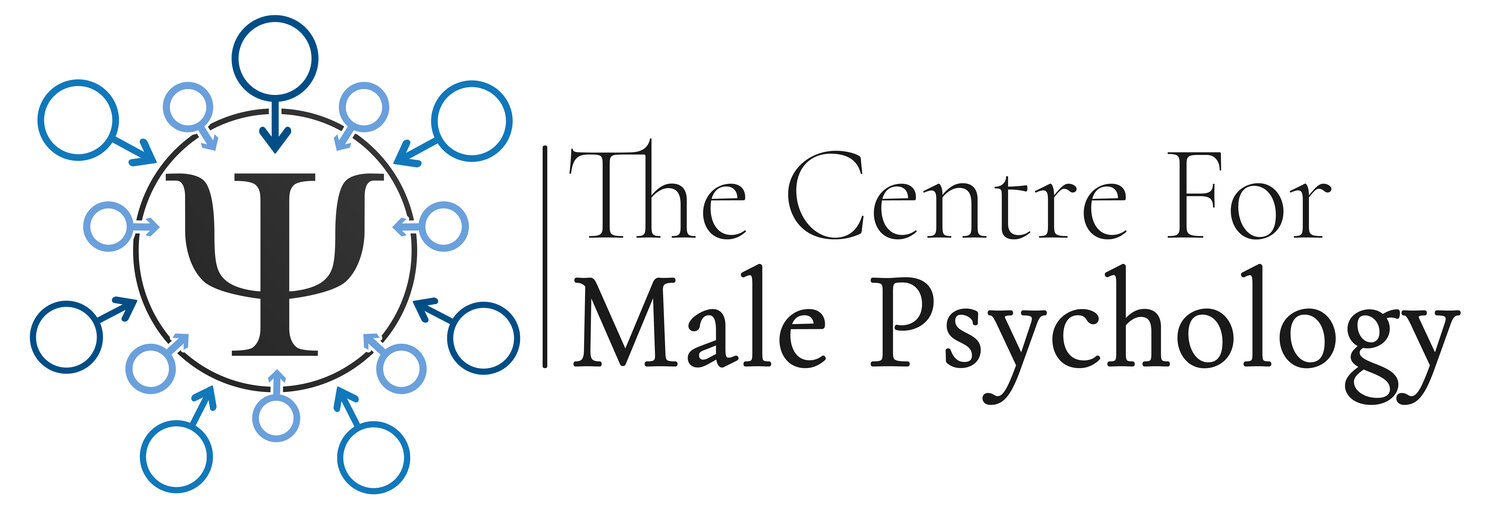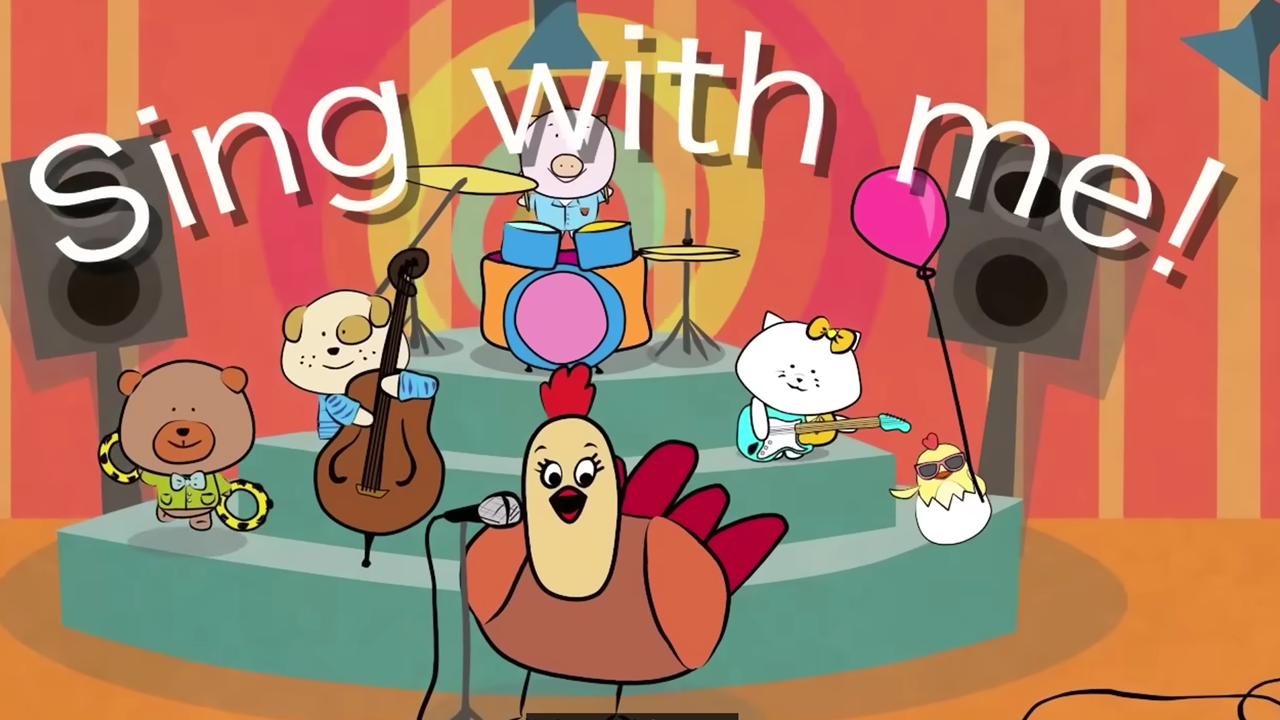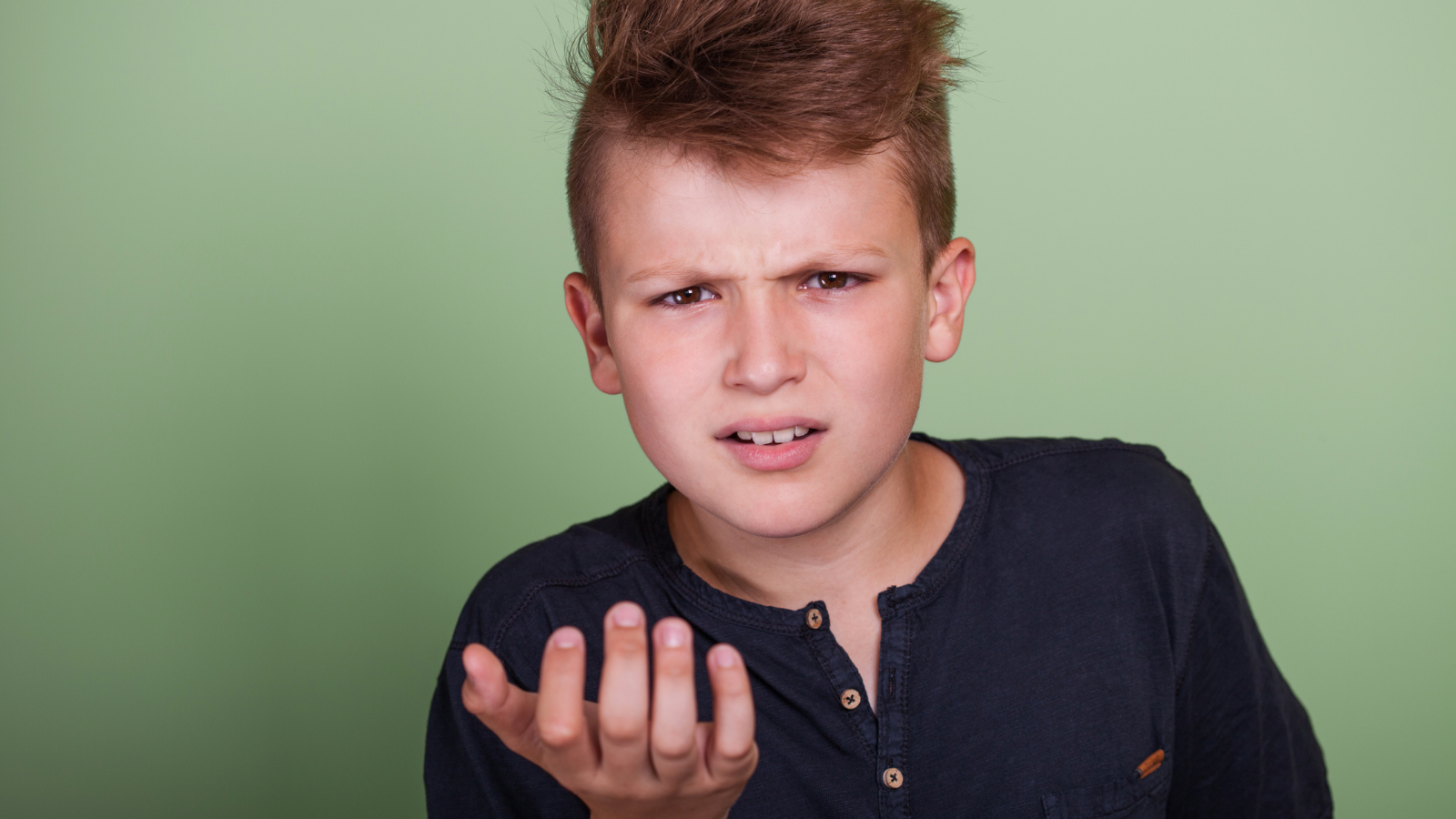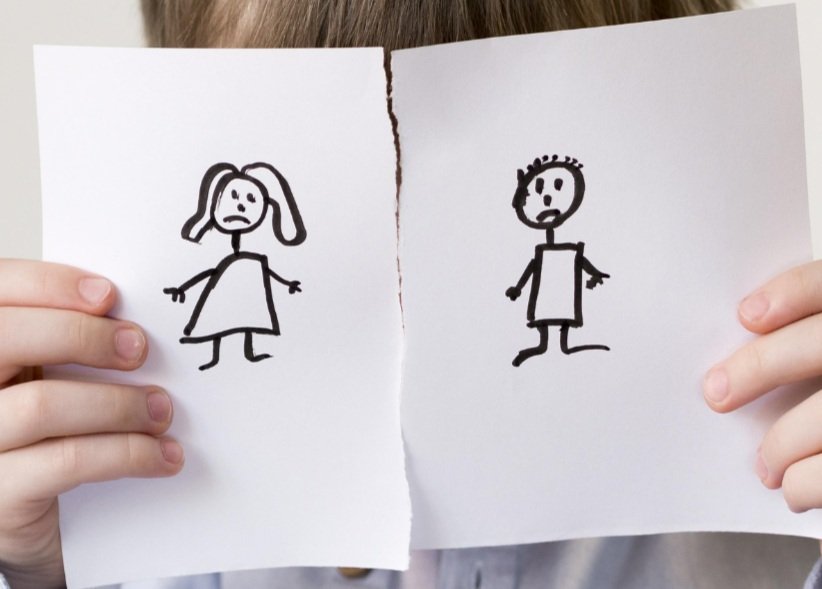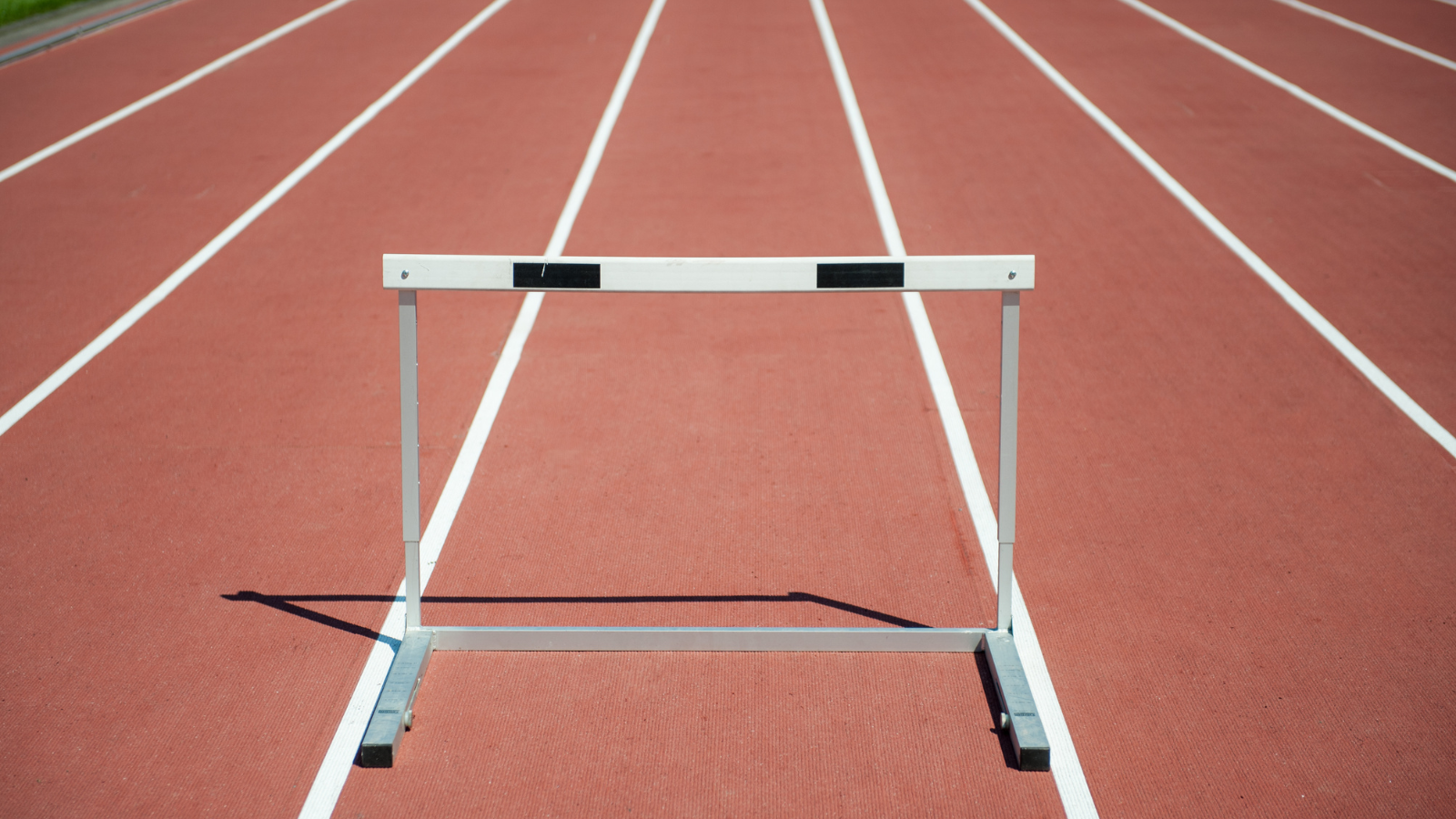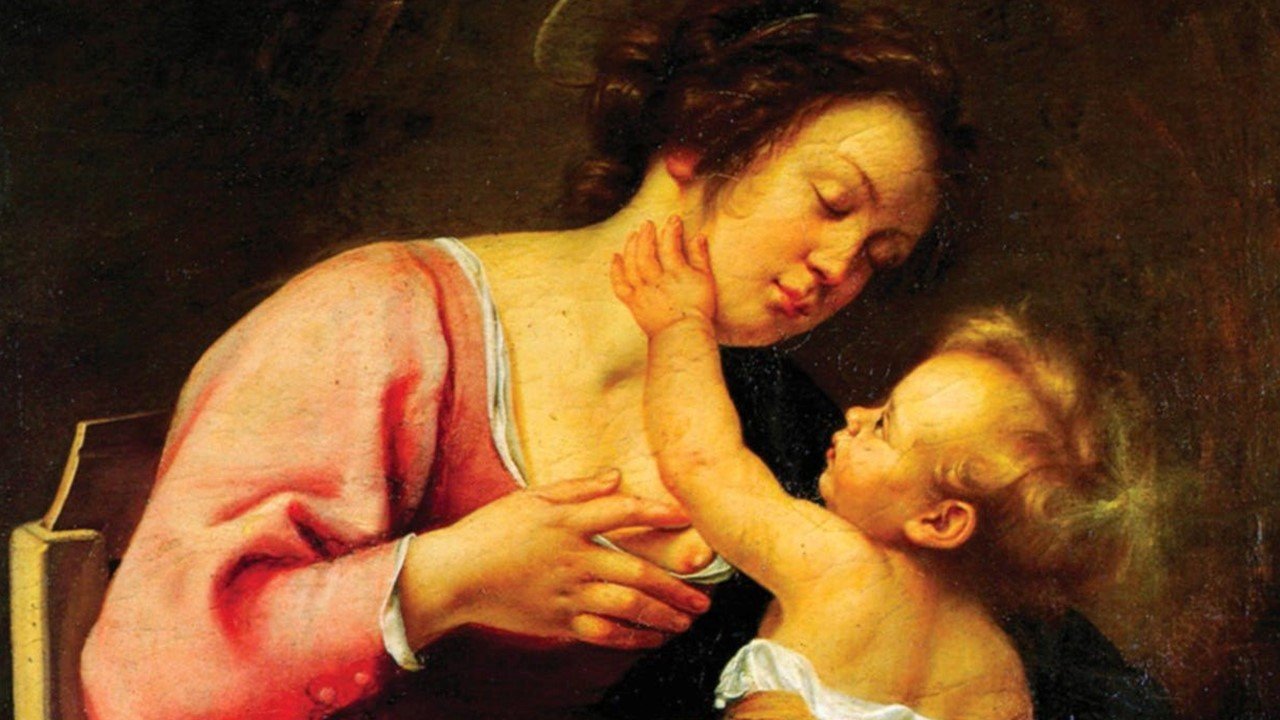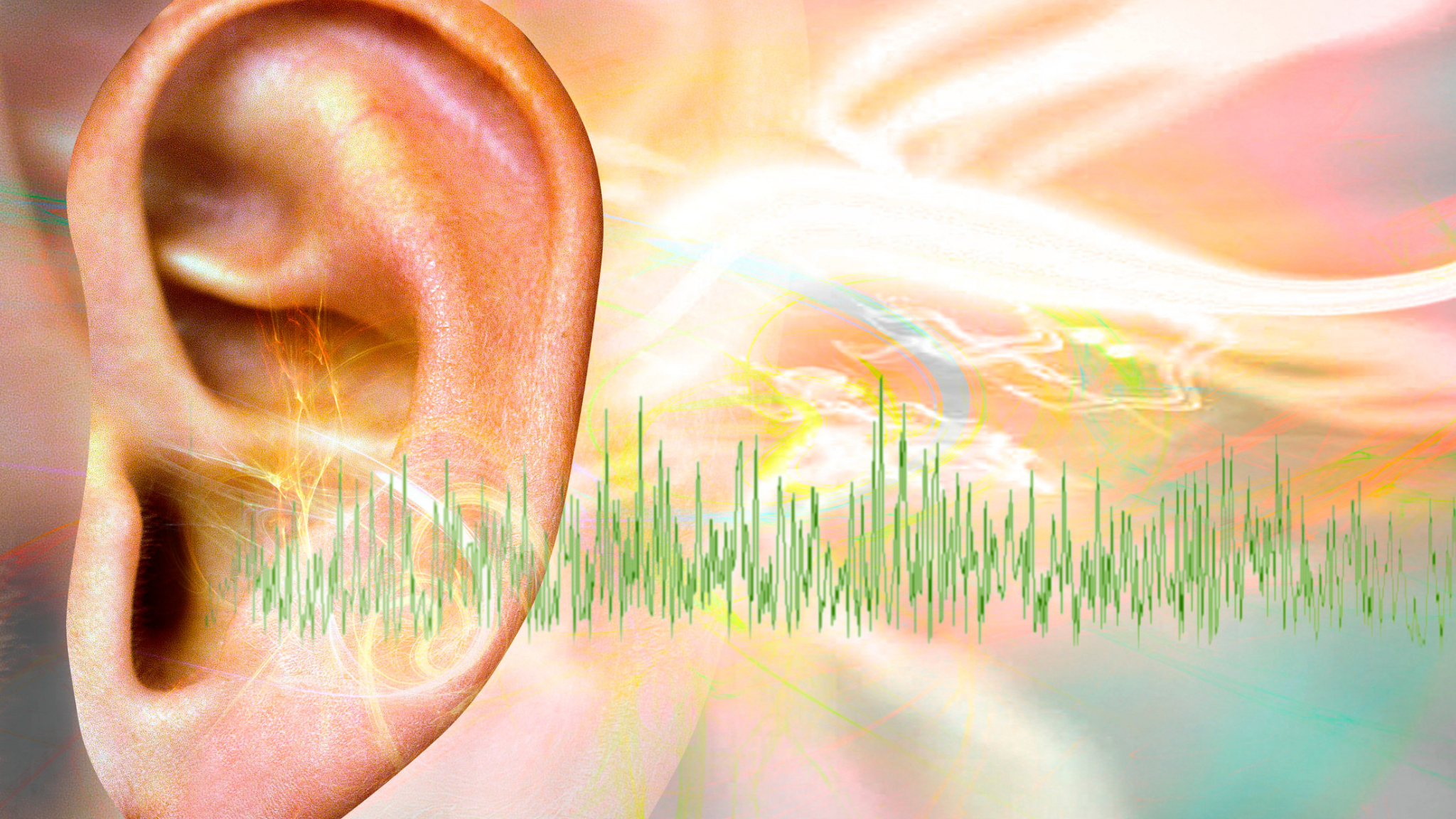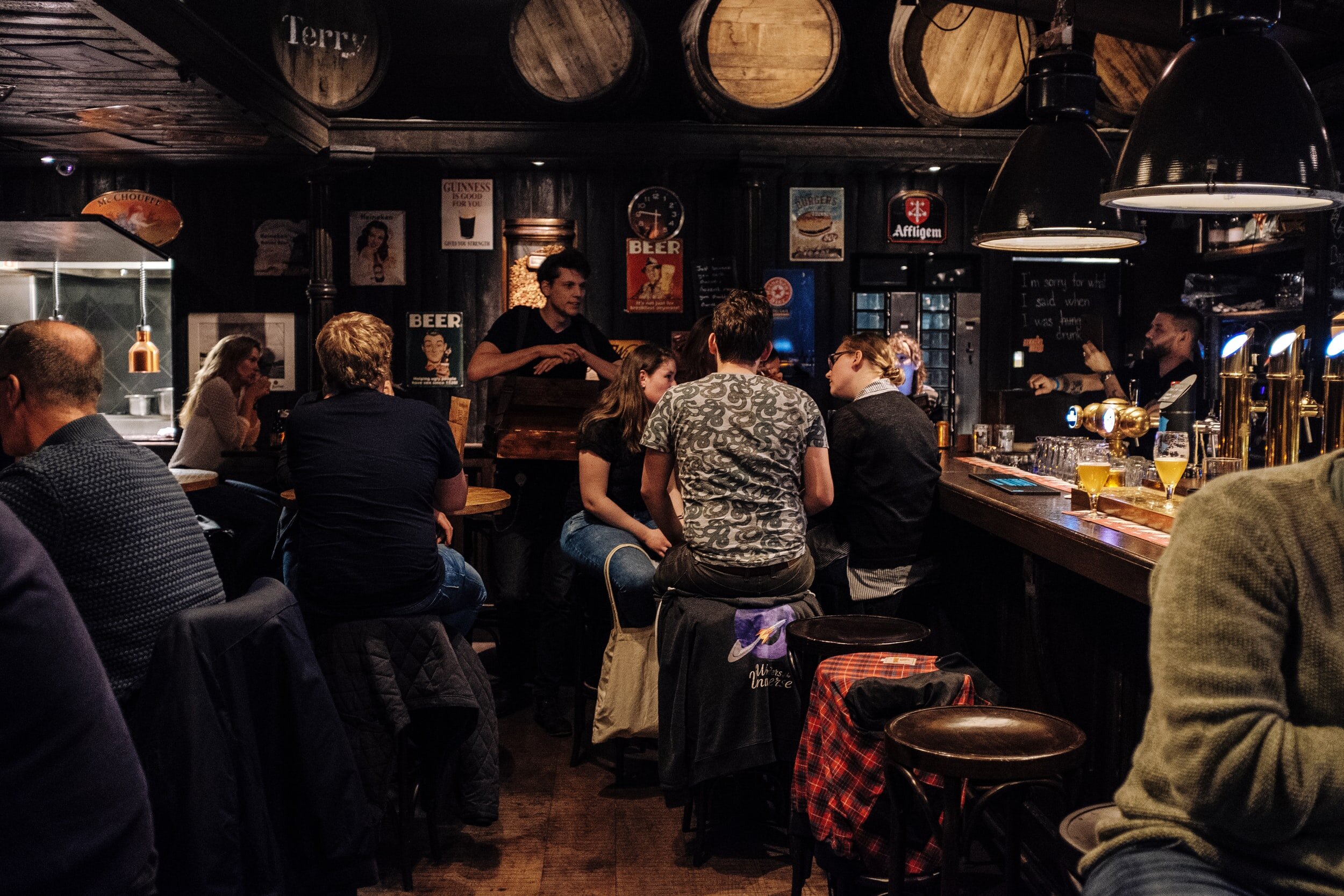It’s Time to Hear Men’s Experiences of Image Based Sexual Abuse
According to Google, 14 billion images are shared daily on social media, and on Instagram alone 66,000 photos and videos are shared every minute. The chances are if you are on social media, you too will have viewed and shared some of these images online. Advancements and developments in technology allow people to connect with each other more easily, information is readily available, and immediate access is gained. There is increasing opportunities to actively create, produce, and share details of our lives with others utilising a wide range of platforms (Meehan, 2022).
However, as the use of the internet has expanded it has also created an environment for Image Based Sexual Abuse (IBSA) to grow as a problem.
What is Image Based Sexual Abuse?
IBSA covers a group of behaviours that includes:
another person has created a nude or sexual image of you without your consent or
another person has shared a nude or sexual image of you without your consent or
· another person has made threats to share a nude or sexual image of you without your consent (Eaton & McGlynn, 2020).
Online spaces provide a place where abuse can develop, images can be easily and quickly communicated and can cause harm without the physical proximity. Often there is a lack of constraint an individual feels when communicating online in comparison to communicating in-person. Indeed, anonymity and empowerment are key characteristics of online spaces, allowing individuals to behave differently, the impact of negative consequences is reduced and boundaries become non-existent creating a blurring between public and private spaces (Huber, 2022). All forms of IBSA are growing in prevalence globally (Henry et al., 2022)
IBSA is often considered from a gendered framework, with research referencing high levels of misogyny, and the sexual objectification of women (Henry & Flynn, 2019). However, in a study by Powell et al. (2020), it was reported that IBSA victimisation did not differ greatly by gender, with similar rates reported for both women (38.1%) and men (37.4%). Yet so often, research focuses predominantly on women as victims and does not consider men who have experienced IBSA. This is particularly evident within qualitative research where samples have been female only (e.g., Huber, 2023) or offered a female narrative approach with female dominated samples (e.g., McGlynn et al., 2021; 89% female). Does this paucity reinforce the concept that it doesn’t happen to men and men should be able to resolve their own issues and defend themselves and not access external support (Taylor et al., 2022)?
An understanding of support is crucial as IBSA impacts on an individual’s emotional, physical, and social health resulting in significant and enduring impacts that can affect all aspects of life (McGlynn, 2021). The impacts of IBSA have been well documented within literature and often include:
Physical stress from images being repeatedly shared (Huber, 2023),
Psychological impacts such as depression, anxiety and suicidal ideation (Champion et al, 2022),
Social harm such as isolation, loss of trust in others and reputational damage (Huber, 2023). Practical challenges, such as loss of employment, name or contact information changing and even having to move house (Short et al, 2017).
IBSA can occur for several different reasons, which may include coercion and control, bullying/harassment and blackmail including extortion of money (Powell et al., 2020). Thus, due to the diverse range of contexts and impacts, it is critical to understand how to support individuals who have experienced IBSA, their help seeking decisions and access to support.
However, there remains a limited amount of research focusing on help seeking, the barriers that exist and access to support within the field of IBSA related to men (McLocklin, 2024). The wider help seeking literature for both men and women largely focuses on domestic violence and sexual abuse with a predominant focus on physical forms of abuse. Although, there may be shared elements, such as stigma, fear of repercussion or difficulties in recognising abusive behaviour, IBSA may produce different and alternative experiences of help seeking. This may include self-blame, attributing victimization to their own perceived naivety of self-creating and/or sharing nude or sexual images, thus holding themselves responsible (O’Malley, 2023), or shame about the public nature of images being shared or others finding out that this has occurred (Campbell, 2022) alongside the fear of being commented on by millions of other people (McLocklin, 2024).
It’s Time to Hear Men’s Experiences of Image Based Sexual Abuse
My dissertation project aims to explore men’s experiences of IBSA, focusing on help seeking, the barriers that exist and access to support. Crucially, an anonymous online qualitative questionnaire has been selected to facilitate respect for participants’ needs, which includes collecting sensitive information from a population that is dispersed and potentially harder to engage (Braun et al., 2021). Abused men often see their abuse as a hidden problem and may be reluctant to disclose information unless their identity is concealed. This is supported by data from the ManKind Initiative (2023) which demonstrates 64% of men would not have called their helpline if it wasn’t anonymous.
Please contact myself for further details of the study and/or if you would like to participate in my research scan the QR code or use the link below. Participants must be over the age of 18 years, identify as male, live in the UK and have experienced image based sexual abuse (IBSA). This study has been approved by the University of Cumbria Psychology Ethics committee. Also, if you would share the link, I would be most grateful. Thank you!
QR Code.
Scroll down to join the discussion
Disclaimer: This article is for information purposes only and is not a substitute for therapy, legal advice, or other professional opinion. Never disregard such advice because of this article or anything else you have read from the Centre for Male Psychology. The views expressed here do not necessarily reflect those of, or are endorsed by, The Centre for Male Psychology, and we cannot be held responsible for these views. Read our full disclaimer here.
Like our articles?
Click here to subscribe to our FREE newsletter and be first
to hear about news, events, and publications.
Have you got something to say?
Check out our submissions page to find out how to write for us.
.
